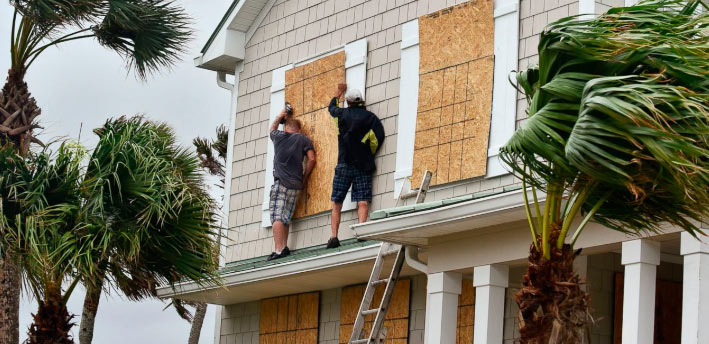
The economic drivers of the U.S. property & casualty insurance industry could cumulatively expand faster than the nation’s gross domestic product (GDP) in 2024 and may outperform the overall U.S. economy by 2025, according to U.S. P&C Insurance Market Report.
Triple-I forecast P&C growth of 2.1% in 2023, slightly above our earlier expectation of 1.9%. This confirms expectation from January 2023 that the gap between P&C and overall growth would continue to narrow this year.
P&C underlying economic growth should continue to improve over the next three years, potentially outperforming the wider economy by 2025.
The US P&C insurance industry continued to generate significant underwriting losses in 2023 despite strong premium growth. Results are anticipated to improve in 2H2023 as pricing increases continue to take hold, but uncertainty remains regarding future catastrophe losses, effects of inflation on loss costs, and loss reserve experience.
The underlying economic growth of P&C insurers, who write and sell auto, home, and business insurance, is impacted by replacement costs (e.g., the prices of construction materials, auto parts), consumer and corporate spending, interest rates, and U.S. employment trends, among other variables.

The intensity and spread of inflation is sending insurance claims costs soaring. Strong rate hardening in US commercial property insurance lines and acceleration in personal lines rates support topline growth, but higher claims severity is eroding the profitability benefit.
The Federal Reserve is projecting the U.S. GDP will grow 1.5% in 2024 and 1.8% in 2025.
Between 2020 to 2023, P&C replacement costs increased an average of 45% whereas inflation for the overall U.S. economy increased 15% within that same timeframe.
Growth drivers specific to P&C performance have been improving faster in 2023 than the rest of the U.S. economy, after underperforming the wider economy three years in a row
Michel Léonard, chief economist and data scientist, Triple-I
Increases in P&C replacement costs should continue to slow down faster than overall inflation over the next three years, Triple-I projects.
However, it will take 10 years of normal inflation for insurance replacement costs to process pandemic-related increases, the Outlook states. Normal inflation is defined as 2% per year.
Given the declining investment yields of the past decade, US property and casualty insurers’ investment allocations during this period have shifted to more riskier assets such as lower-rated and private placement bonds.
According to AM Best, that bonds remain the foundation of P&C insurers’ investment portfolios, but allocations have been declining.
The speed and scale of inflation’s decrease validates the Federal Reserve’s hawkish monetary policies, states Insurance Economics Outlook, Q4 2023, a Triple-I members-only publication.
According to S&P Global report, insurer Allstate had the largest catastrophe loss load among insurers in the analysis at $2.7 billion, an increase from $1.69 billion in the first quarter of 2023. Travelers was second with a $1.48 billion catastrophe loss bill, and Progressive, whose losses totaled $1.02 billion, was third.
But the Federal Reserve’s inflation reduction remedies did not match the cause of higher prices, which stemmed in large part from the supply chain disruptions which are now easing in the pandemic’s aftermath.
The U.S economy remains strong regardless of the Federal Reserve’s monetary tightening which we continue to see as excessive.
Triple-I’s analysis envisions consumer and corporate spending could pick up in the second half of 2024, depending on the Federal Reserve’s actions, as Americans wait for lower interest rates to finance auto and home purchases and renovations.
The Federal Reserve raised interest rates in July 2023 from 5.25% to 5.5% and kept them unchanged in September 2023. Two more interest rate increases are expected between now and March 2024, most Wall Street analysts anticipate.
However, a little noticed change by the Fed to its policy expectations may indicate that rates will continue to increase until 2025.

 by
by 


